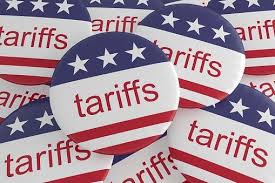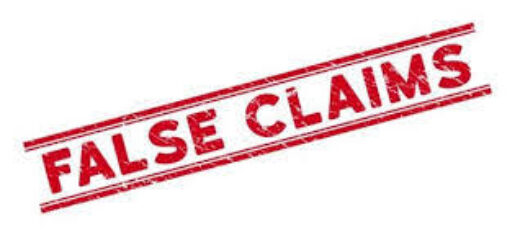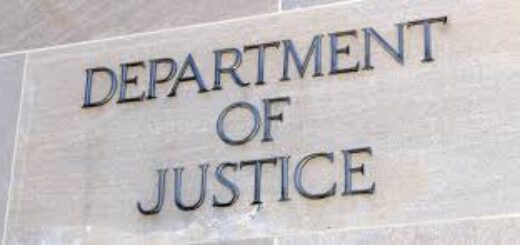Understanding Section 301 and 232 Tariffs

With the rising importance of trade compliance programs, it is important to start with the law. (Spoken like a true lawyer). The U.S. relies on two powerful tariff tools — Section 301 and Section 232 tariffs. Relying on these provisions, the U.S. government can impose additional duties on imported goods. The key difference between the two is the specific legal authority and the different policy objectives.
Section 301 Tariffs
Section 301 Tariffs refers to Section 301 of the Trade Act of 1974, 19 U.S.C. §2411. The primary purposes of Section 301 is to counter unfair trade practices by foreign governments, including intellectual prpoperty theft, forced technology transfer, market access barriers and discriminatory licensing practices.
Historically, the United States Trade Representative has imposed tariffs on hundreds of billions of dollars’ worth of Chinese imports after a Section 301 investigation confirmed Chines unfair trade practices.
Tariffs were imposed through a series of lists covering industrial machinery, semiconductors and aerospace components (List 1); chemicals, plastics, and railway equipment (List 2); (furniture, electronics and auto parts (List 3); and clothing and footwear (List 4A).
With the new Trump Administration, this tool is being used to increase tariffs across the board and to eliminate or restrict the use of exclusions.

Section 232 Tariffs
Section 232 Tariffs refers to Section 232 of the Trade Expansion Act of 1962, 19 U.S.C. §1862. The primary purpose of Section 232 Tariffs is to protect national security by addressing the damage to domestic industries involving the industrial base and defense readiness.
Historically, the U.S. Commerce Department has relied on Section 232 to impose tariffs on steel and aluminum imports of these materials because they threatened U.S. national security. Further, Section 232 Tariffs have been used to establish country-specific deals and quotas as well as tariffs on automobiles and car parts.
Initially, a 25 percent tariff was imposed on steel imports and a 10 percent tariff was imposed on aluminum.
In 2025, the tariffs were increased to 50 percent for both steel and aluminum imports. The steel import tariffs covered flat-rolled products, bars, rods, angles, shapes, and sections. The aluminum import tariffs covered unwrought aluminum, aluminum bars, rods and profiles.
Trump Administration Changes to Sections 301 and 232 Tariffs
In early 2025, President Trump raised tariffs across the board in Chinese imports citing intellectual property theft and forced technology transfers. In May 2025, the U.S. and China agreed to a 90-day pause and reduction in certain tariffs by 115 percent, while maintaining a baseline 10 percent tariff.

With respect to Section 232 tariffs on steel and aluminum, the tariffs were reimposed and increased to 25 percent. Effective April 3, 2025, a 25 percent tariffs was imposed on imported automobiles and auto parts.
The Trump Administration initiated new Section 232 investigations of imports of semiconductors, copper, timber and pharmaceuticals.
Recently, on May 28, 2025, the U.S. Court of International Trade ruled that the IEEPA-based reciprocal tariffs exceeded the President’s authority. That ruling has been stayed pending further appeals and the reciprocal tariffs have been reinstated.
















Thanks for clarifying the distinction between Sections 301 and 232—it’s easy to conflate them. The Trump Administration’s approach to exclusions could really shake up compliance strategies moving forward.